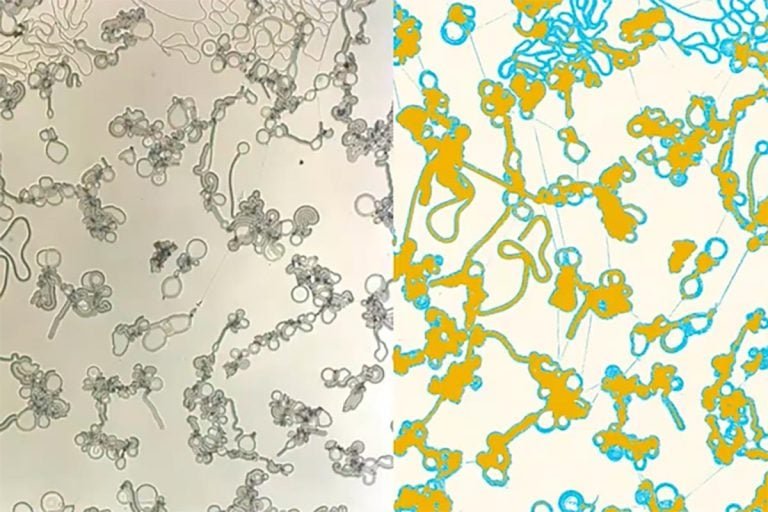Researchers at the University of Pennsylvania have made a remarkable breakthrough in liquid crystal technology. Under specific conditions, these fluids form dynamic structures that eerily resemble biological transport systems.
The Discovery
Liquid crystals, commonly used in displays, can condense into astonishing structures, spontaneously generating:
- Filaments
- Flattened discs
These structures can transport material, much like complex biological systems.
Potential Applications
This insight may lead to:
- Self-assembling materials
- New ways to model cellular activity
- Advanced biomedical devices
The Research
Chinedum Osuji’s lab, in collaboration with ExxonMobil, investigated mesophase pitch, a substance used in high-strength carbon fibers.
Unusual Behavior
Postdoctoral researcher Yuma Morimitsu noticed unusual behavior in the material during condensate formation:
- Irregular structures formed during phase separation
- Filaments and flat droplets emerged instead of typical droplet coalescence
Observations and Implications
Using powerful microscopes, researchers observed the liquid crystals’ movement on the micrometer scale.
Expert Insights
“It’s like a network of conveyor belts.” – Christopher Browne, postdoctoral researcher
Reference
“Spontaneous formation of dynamic, bio-inspired structures in liquid crystal condensates” (PNAS, 2024)
Share Your Thoughts
What do you think about this groundbreaking discovery? Share your insights in the comments below!

















